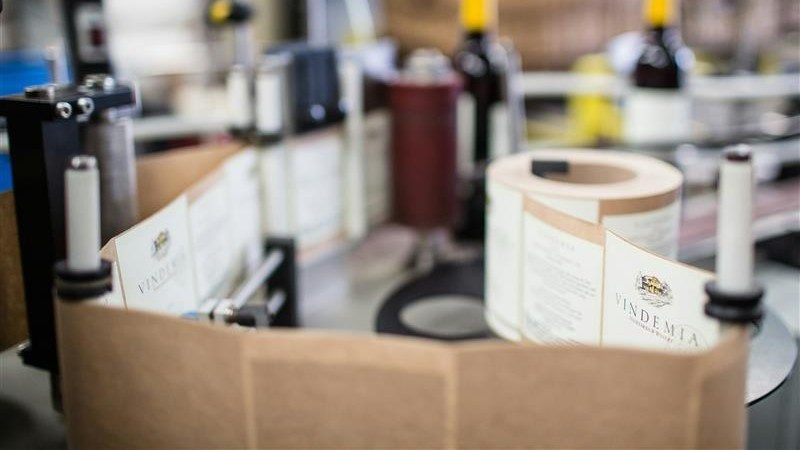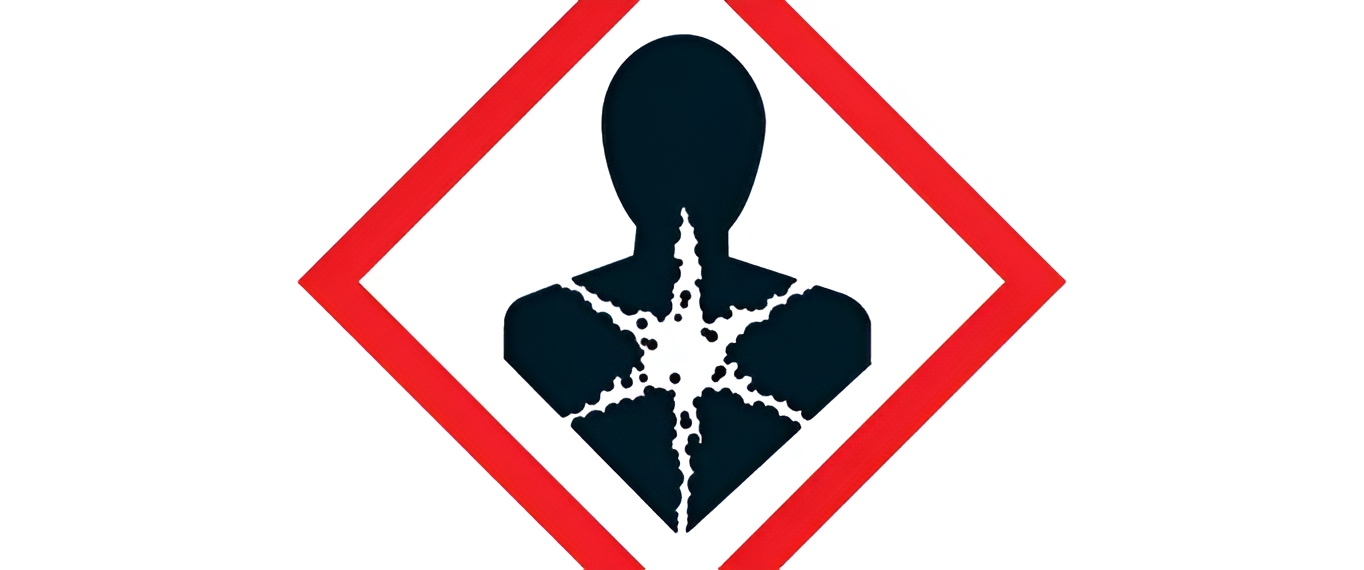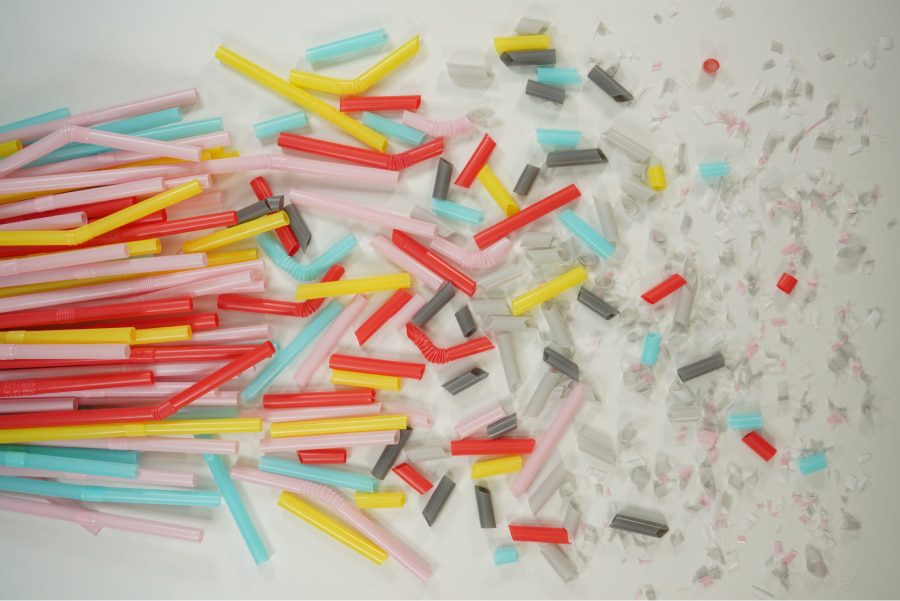What is the Borderline Manual of Cosmetics?
The Borderline Manual of Cosmetics (latest version dated June 2025) is a guidance document that helps determine whether a product falls under the legal definition of a cosmetic product or should be classified under a different regulatory framework, such as medicinal products, biocides, or medical devices.
It provides criteria, examples, and interpretations based on EU and UK cosmetic regulations (such as Regulation (EC) No 1223/2009 in the EU and the UK Cosmetics Regulation) to help businesses and authorities make correct classifications.
Key Aspects of the Borderline Manual
Definition of a Cosmetic Product
A product is classified as a cosmetic if it is intended to be applied to external parts of the body (skin, hair, nails, lips, etc.) or teeth/mucous membranes.
Its primary purpose must be to clean, perfume, change appearance, protect, keep in good condition, or correct body odours.
Distinction from Other Product Categories
Medicinal Products: If a product has a therapeutic or preventive function, it may be considered a medicine rather than a cosmetic.
Biocides: If the product has a, for example, primary antimicrobial or disinfectant action (e.g., hand sanitizers), it may fall under biocide regulations.
Medical Devices: If the product has a physical or physiological effect for a medical purpose, it might be classified as a medical device.
Case Studies & Practical Examples
The manual often includes real-world examples to illustrate how authorities classify specific products. For example, an anti-dandruff shampoo may be considered a cosmetic if its primary function is cleansing and conditioning. However, if it claims to treat a scalp condition, it may be classified as a medicine.
Who Uses the Borderline Manual?
- Regulatory authorities to assess compliance.
- Manufacturers and brands to ensure correct classification before launching a product.
- Retailers and distributors to understand how to market products legally.
The Three Key Categories of Product Classification
1. Type of Product: Substance or Mixture
A cosmetic product must be either a substance (e.g., essential oil) or a mixture (e.g., lotion, cream, or shampoo). Devices, patches, or instruments do not qualify as cosmetics unless they only serve as carriers for a cosmetic substance.
2. Application Site: Where the Product is Applied
Cosmetics are defined as products applied to:
– The skin (e.g., lotions, foundations)
– Hair and scalp (e.g., shampoos, hair treatments)
– Nails (e.g., nail polish)
– Lips and external genital area (e.g., lip balm, intimate wash)
– Teeth and oral cavity (e.g., toothpaste)
Products applied inside the body or with a systemic effect are not considered cosmetics.
3. Intended Cosmetic Purpose and Its Regulatory Impact
The product’s intended purpose determines whether it is classified as a cosmetic or another category. If a product makes claims beyond cosmetic effects, it may fall under pharmaceutical, biocidal, or medical device regulations.
How the Borderline Manual Affects Cosmetic Product Claims

The Borderline Manual plays a crucial role in determining what claims a cosmetic product can legally make. Since a product’s classification (cosmetic, medicinal, biocide, or medical device) is based on its intended use, the claims used in marketing, labelling, and advertising must align with its regulatory category.
How It Affects Cosmetic Claims
1. Claims Must Fit the Legal Definition of a Cosmetic
A product classified as a cosmetic under Regulation (EC) No 1223/2009 (or the UK Cosmetics Regulation) can only make claims related to:
- Cleansing (e.g., “Removes dirt and oil”)
- Moisturizing (e.g., “Hydrates dry skin”)
- Protecting (e.g., “Shields against UV damage”)
- Maintaining good condition (e.g., “Nourishes and strengthens hair”)
- Perfuming (e.g., “Provides a fresh fragrance”)
- Altering appearance (e.g., “Gives a radiant glow”)
Claims suggesting medical, pharmaceutical, or therapeutic effects may lead to the product being classified as a medicine instead.
2. Avoiding Medicinal or Therapeutic Claims
If a product claims to prevent, treat, or cure a medical condition, it may be classified as a medicine, requiring strict regulatory approval.
Examples of problematic claims:
“Treats eczema” → Medicinal claim
“Cures acne” → Medicinal claim
“Soothes dry and sensitive skin” → Acceptable cosmetic claim
“Reduces the appearance of blemishes” → Acceptable cosmetic claim
3. Biocidal and Medical Device Claims
If a cosmetic claims to have antibacterial, antiviral, or antifungal properties, it may be classified as a biocide instead of a cosmetic.
If a product has a physical or physiological effect for a medical purpose, it might be classified as a medical device (e.g., products claiming to “restore skin barrier function” could be questioned).
4. Evidence-Based Claims & Compliance
Under Regulation (EU) No 655/2013, all cosmetic claims must be:
- Truthful (not misleading)
- Supported by evidence (clinical or consumer testing)
- Honest about performance (no exaggerated results)
- Clear to consumers
An Important Tool
The Borderline Manual ensures that cosmetics do not cross into medicinal, biocidal, or medical device categories through their claims.
Companies must carefully phrase claims to stay within cosmetic regulations while still marketing their products effectively.
How to Ensure Compliance with Cosmetic Regulations
To avoid labelling a product as a cosmetic and placing it on the market under incorrect classification, it is important to follow specific steps. In the following lines, we highlight the necessary actions to ensure compliance and prevent any issues.
Check for Restricted & Prohibited Ingredients
Before launching a cosmetic product, it’s essential to ensure that the formulation does not contain banned substances and complies with concentration limits for regulated ingredients, such as preservatives, colourants, and UV filters.
To verify this, consult Annexes II-VI of EU Regulation 1223/2009, which outline specific ingredient restrictions.
Conduct a Cosmetic Safety Assessment (CPSR)
Every cosmetic product must undergo a Cosmetic Product Safety Report (CPSR) conducted by a qualified toxicologist or safety assessor.
This assessment includes:
- The toxicological profile of each ingredient
- Exposure assessment to determine consumer risk
- Margin of Safety (MoS) calculations
- Evaluation of any potential adverse effects
Microbiological & Stability Testing
To ensure the product’s safety and effectiveness over time, microbiological and stability tests are necessary:
- Challenge testing, required for water-based products to assess microbial resistance,
- Stability testing to determine the product’s shelf life and optimal storage conditions.
Appoint a Responsible Person (RP)
In the EU and UK, every cosmetic product must have a Responsible Person (RP) who ensures regulatory compliance, maintains safety documentation, and submits product notifications to the relevant authorities.
The RP can be the manufacturer, importer, distributor, or an independent consultant.
Register the Product on Cosmetic Notification Portals
Depending on the target market, cosmetic products must be registered on the following official portals:
EU: CPNP (Cosmetic Product Notification Portal)
UK: SCPN (Submit Cosmetic Product Notification) Portal
Required information includes the product name and category, manufacturer and RP details, ingredient list, and safety assessment data.
Labelling & Claims Compliance

Every cosmetic product must have a label that includes mandatory information, such as:
- Product name & function
- Net quantity (grams/ml)
- Ingredients list (INCI format)
- Batch number
- Country of origin (for imported products)
- PAO (Period After Opening) or expiry date
- Warnings & precautions
- Responsible Person’s contact details
Regarding marketing claims, all statements must comply with EU Regulation No 655/2013, ensuring they are:
- Non-medicinal (e.g., “Cures eczema” is not allowed)
- Supported by evidence, such as clinical trials or consumer studies
- Truthful and clear to consumers
Good Manufacturing Practices (GMP) Compliance
To ensure product safety and quality, manufacturing processes must follow Good Manufacturing Practices (GMP) as outlined in ISO 22716.
Key aspects of GMP compliance include:
- Raw material testing
- Hygiene control during production
- Batch traceability
- Proper storage and packaging
Monitor & Report Adverse Reactions
A system should be in place to track consumer complaints and adverse effects. In the EU/UK, any Serious Undesirable Effects (SUEs) must be reported to the relevant authorities to maintain product safety on the market.
Stay Updated on Regulatory Changes
Cosmetic regulations are constantly evolving, so staying informed is crucial.
Regular updates can be found through:
- European Commission publications
- The UK OPSS (Office for Product Safety & Standards)
- Scientific Committee on Consumer Safety (SCCS) opinions
- Updates on ingredient restrictions
What’s new since the last version of the Borderline Manual?
In June 2025, the European Commission published version 5.5 of the Manual of Borderline cosmetic products and the related scope of the Cosmetics Regulation.
Here are the new sections:
Contouring (protective pastes around the eyebrows and lips to avoid henna stains)
The Manual clarifies that contour pastes with henna, applied around or over the eyebrows or lips to create a barrier and prevent henna from dripping, fall under the definition of a cosmetic product. They meet the definition of cosmetic as they are applied to external parts of the body and have a cosmetic function (protection from unwanted coloring).
Nasal sprays
They are not considered cosmetics as the Regulation does not include the nasal mucosa among the sites of application of cosmetic products.
Self-tanning formulations
Can products, in the form of concentrated drops, with a self-tanning function, which the consumer must mix with another cosmetic preparation before application to the skin, be considered cosmetics?
These products are considered cosmetics both when applied directly to the skin, and when mixed with another cosmetic before use. For these products, the Manual specifies that the labelling must provide clear instructions for use.
The responsibility for compliance with the Cosmetics Regulation also extends to the mixtures that the end user can make by following the instructions for use provided with the self-tanning drops or concentrates.
The safety assessment of self-tanning drops or concentrates shall take into account all mixtures that the end user may obtain by following these instructions.
Sprays and drops for the oral mucosa
The new version introduces clarifications on the classification of oral products that claim cosmetic functions, such as conferring freshness on the breath or keeping the oral mucosa in good condition.
Products presented in the form of drops, sprays or gels can be considered cosmetics if:
- The main function is clearly cosmetic,
- They are not intended to be ingested, partially or totally, and this is demonstrated by clear warnings on the label,
- The label contains instructions for rinsing off any excess product,
- They are not formulated to dissolve in saliva or to be absorbed through the mucosa.
For each classification, the national competent authorities retain the responsibility to assess on a case-by-case basis, considering the composition, presentation, methods and instructions for use of the product, as well as the indications published in the Borderline Manual.
Tattoo removal and fading products
The revised version of the Handbook expands the scope of tattoo removal products to include fading claims. In the previous version, it was specified that products injected into the dermis (via pens or devices) to remove or fade ink are not cosmetic.
However, the new version clarifies that products typically applied to the skin can be considered cosmetics if the claimed effect (e.g. through exfoliation or lightening action) does not involve pharmacological, immunological or metabolic action.
As with other border cases, national authorities will have to assess the classification individually, based on the characteristics of the product.
Conclusion: Ensuring Regulatory Compliance
Proper classification under the Borderline Manual is essential to avoid legal risks. Cosmetic brands must carefully word claims, choose ingredients wisely, and stay updated on borderline product regulations to ensure compliance in different markets.
Contact us, and we will be happy to help ensure your product is not mistaken for another product type, avoiding fines and seizures.



